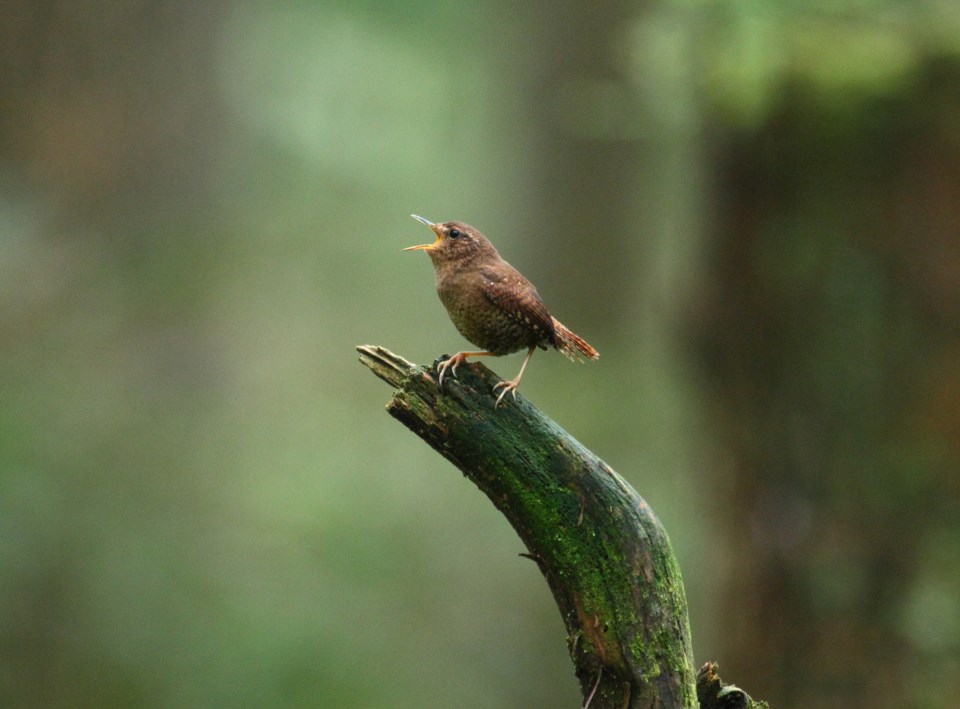The early days of 2022 have been rather quiet but spring comes early to the Sunshine Coast and we are fast approaching the time of year when some of our resident species of birds begin to sing again. Pacific wrens are one of the earliest singers as they pour forth their long, loud songs unseen from the forest floor. Song sparrows are induced to early song by warm, sunny weather, and they often begin with partial songs as if they are warming up for the real thing. Hutton’s vireo, an insignificant “little brown job” (an LBJ) are also early vocalizers but their song is a boring, repetitive, unmusical “zu-weep” that can go on for an extended period. However, for me, it is a welcome sign of the season. American robins, which are not widely present on the Sunshine Coast during the deep winter, will become more frequent and often betray their presence by animated chattering at dusk.
This winter has been a good one for common redpolls, a small finch, very similar to our pine siskins. Redpolls are a boreal forest species that irrupts southward on an irregular schedule, related to either cone crop failures in their home range, or extremely cold temperatures. It seems likely that the latter was the cause this year after the deep freeze around Christmastime. Similar behavior is exhibited by Bohemian waxwings, but only two birds were reported on the Sunshine Coast and they were well photographed by A. Pratt in a garden in Langdale on Jan. 9. Barbara Lee Fraser was delighted that a white-throated sparrow returned to her bird feeder in Selma Park for a second winter. Northern shrikes are uncommon winter visitors but there have been reports in at least four locations this winter: Gospel Rock, the Wilson Creek estuary, The Shores area of West Porpoise Bay and Sargeant Bay. They are predators on other small birds such as juncos.
The Bird of the Month in January was a barn swallow that John Field observed on the 12th, over the Oyster Bay estuary in Pender Harbour. Barn swallows are supposed to be in Mexico and south during the winter. About this same date there was a rash of reports of barn swallows from around the Salish Sea. Where these birds came from and what they were doing in Canada in mid-January is a mystery. Normally, we expect to see the first barn swallows after the middle of April. Other swallow species are early migrants and the first violet-green and tree swallows often appear on the Sunshine Coast around the March 7, which is only three to four weeks away!
To report your sightings or ask questions, contact [email protected] or 885-5539. Good birding!



-resized.jpg;w=120;h=80;mode=crop)